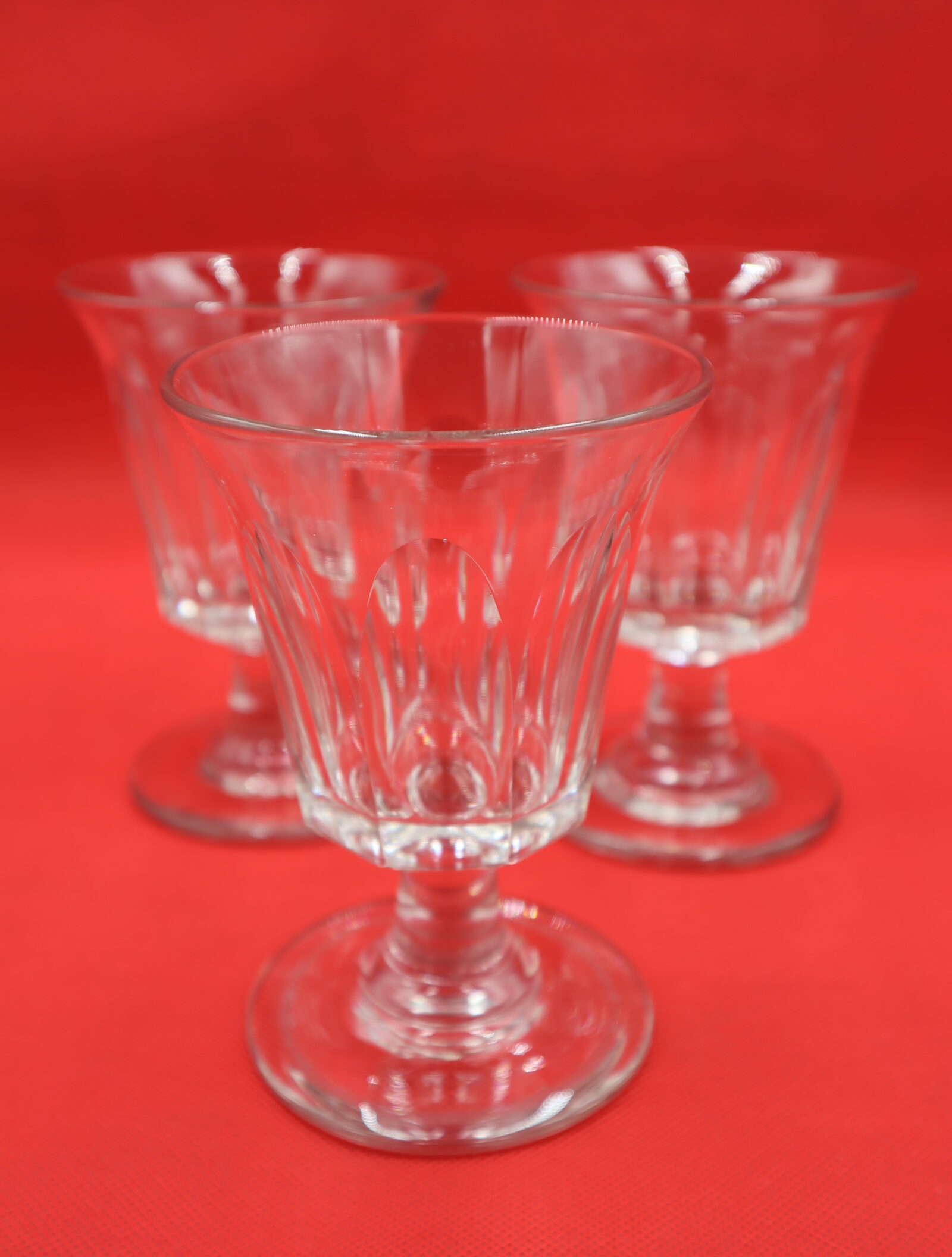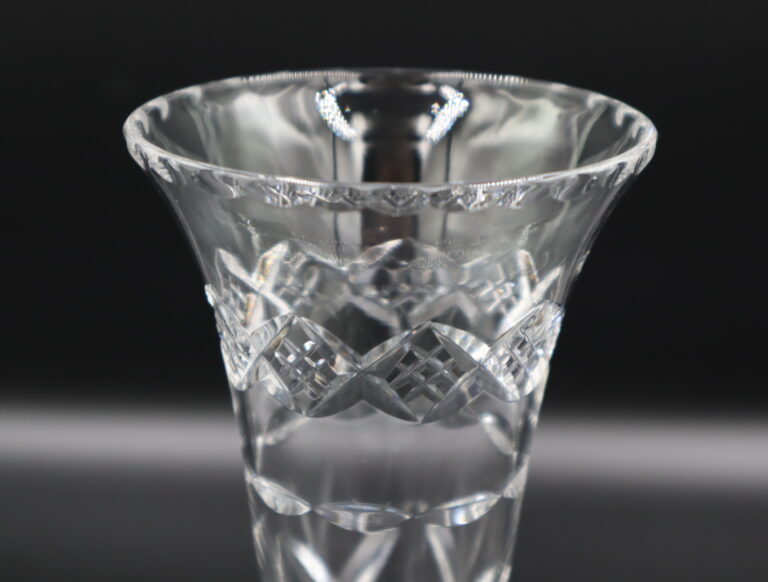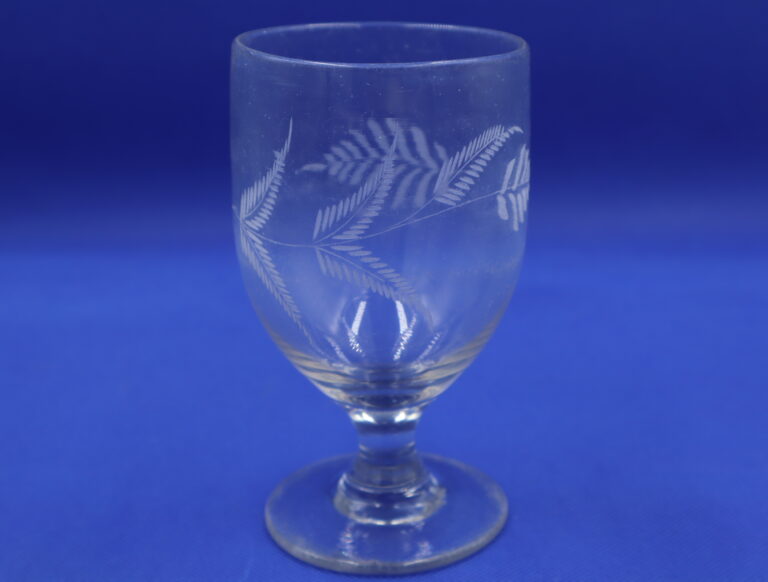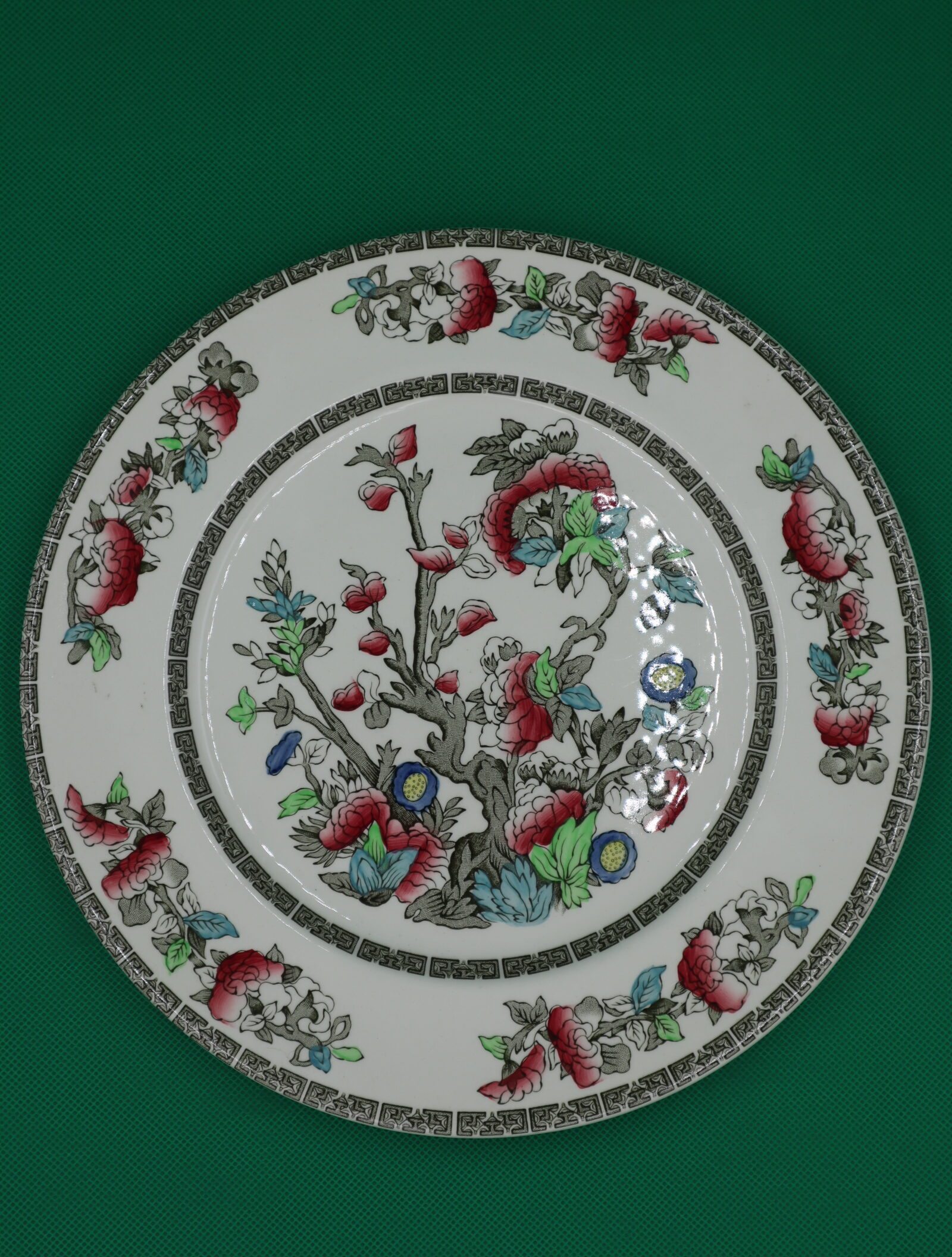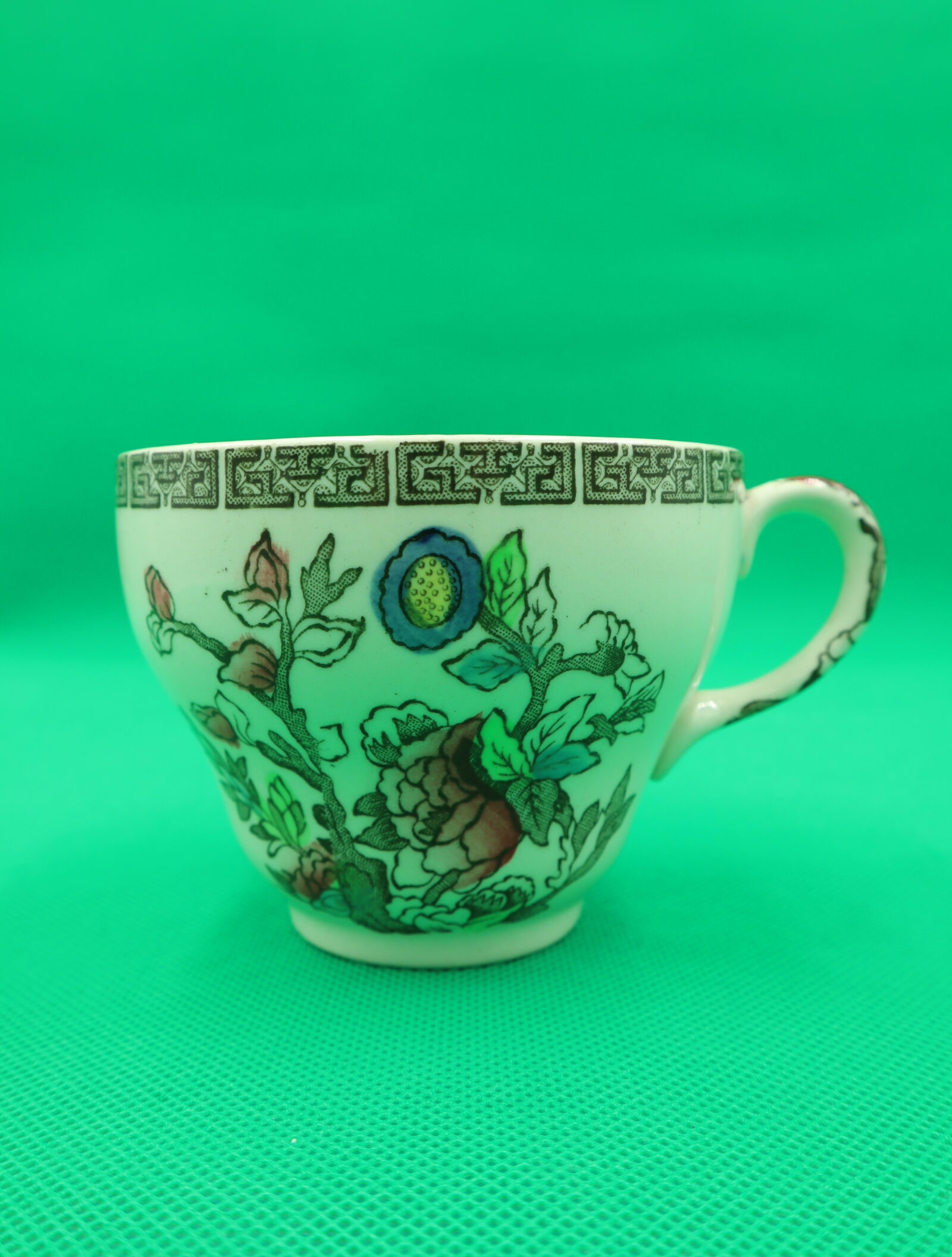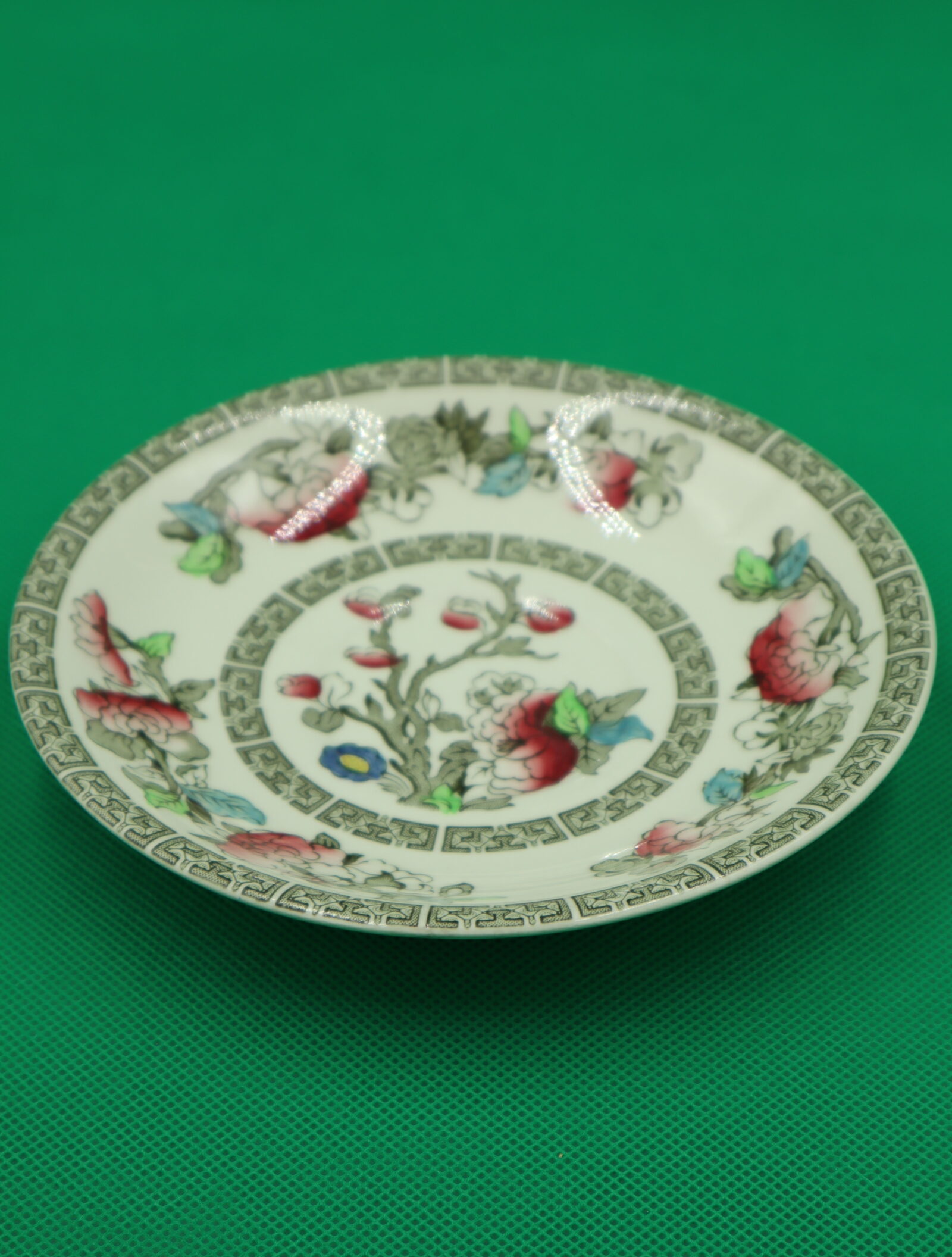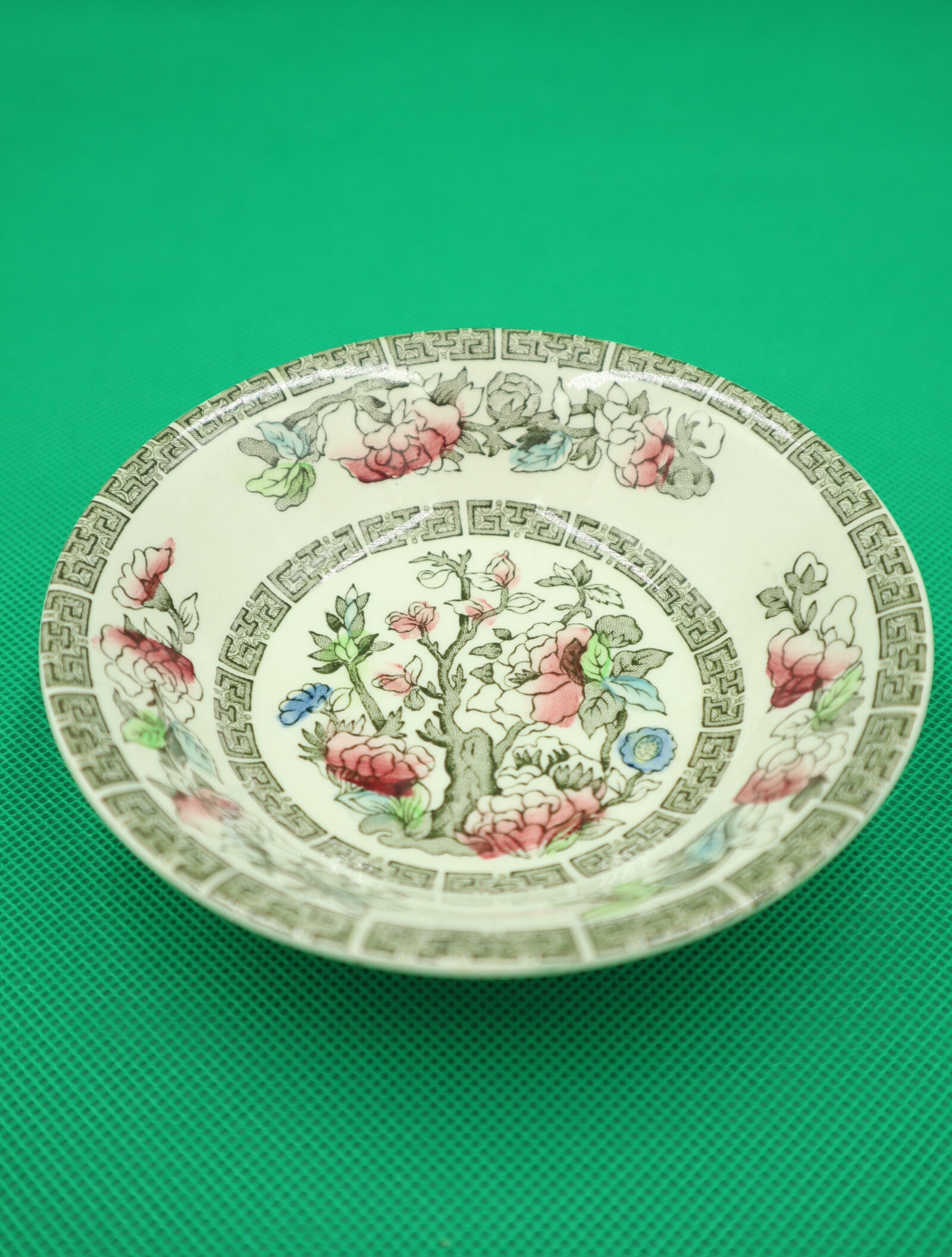Identifying Georgian Rummer Glasses: A Collector's Guide
Georgian rummer glasses, dating back to the 18th and 19th centuries, are a testament to the timeless craftsmanship and artistic beauty of the Georgian era. Identifying these charming glassware pieces can be a thrilling pursuit for collectors and history enthusiasts. In this blog, we’ll explore the physical features to look out for when identifying a Georgian rummer glass.
**1. Shape and Proportions:**
One of the key characteristics of Georgian rummer glasses is their shape and proportions. These glasses are typically wide and squat, with a broad, sturdy base that provides stability. The bowl is often cylindrical or conical, giving the glass a distinctive silhouette. Rummer glasses are known for their robust, well-balanced design, making them perfect for serving spirits and fortified wines like rum, port, or sherry.
**2. Glass Color and Clarity:**
Georgian rummer glasses were crafted from various types of glass, and the glass color and clarity can vary. Some rummers are made from clear glass, while others may have a slight tint or a greenish hue, owing to the materials and techniques used during that era. A beautiful patina or slight imperfections are not uncommon in authentic Georgian glasses, adding character and a sense of history to the piece.
**3. Pontil Marks:**
The presence of a pontil mark is a valuable clue when identifying Georgian rummer glasses. A pontil mark is a small, rough spot or scar at the base of the glass where it was detached from the glassblower’s rod or pontil. In Georgian glassware, you might find various types of pontil marks, such as a snapped pontil, pushed-up pontil, or a rough, unfinished pontil. These marks offer insight into the glassblowing techniques of the period.
**4. Engraved or Applied Decorations:**
Many Georgian rummer glasses feature exquisite engraved or applied decorations. Look for intricate designs, such as grapevines, flowers, birds, or geometric patterns. These designs were often meticulously crafted by skilled glass engravers, adding a touch of elegance and individuality to each glass. Sometimes, you may even find glass prunts or small decorative knobs applied to the bowl or stem, a common feature in Georgian glassware.
**5. Stems and Feet:**
Rummer glasses typically have sturdy stems and well-balanced feet. The stems may be simple, with a knop (a decorative, rounded feature), or more elaborate, featuring air-twist, opaque twist, or colored twist designs. The feet of Georgian rummers are broad and stable, often with a folded or turned rim. The stem and foot design can vary significantly, offering collectors a wide range of options to explore.
**6. Size and Capacity:**
Georgian rummer glasses come in various sizes, reflecting the diverse drinking preferences of the era. Some are quite small, designed for sipping spirits, while others are larger, suitable for wine or punch. The capacity of the glass is an important factor to consider when identifying its purpose and use.
**7. Condition and Wear:**
When examining a potential Georgian rummer glass, closely inspect its condition. Antique glassware is likely to exhibit signs of wear and age, including tiny chips, scratches, or slight clouding. However, excessive damage or restoration may affect the value and authenticity of the piece.
In conclusion, identifying a Georgian rummer glass is a captivating journey into the past, where exquisite craftsmanship and artistic design were highly esteemed. By paying attention to the glass’s shape, color, pontil marks, decorations, stem and foot design, size, and condition, collectors can uncover the history and beauty of these charming relics of the Georgian era. Whether you’re a seasoned collector or a novice enthusiast, the world of Georgian rummer glasses offers an opportunity to connect with history and appreciate the artistry of a bygone age.

